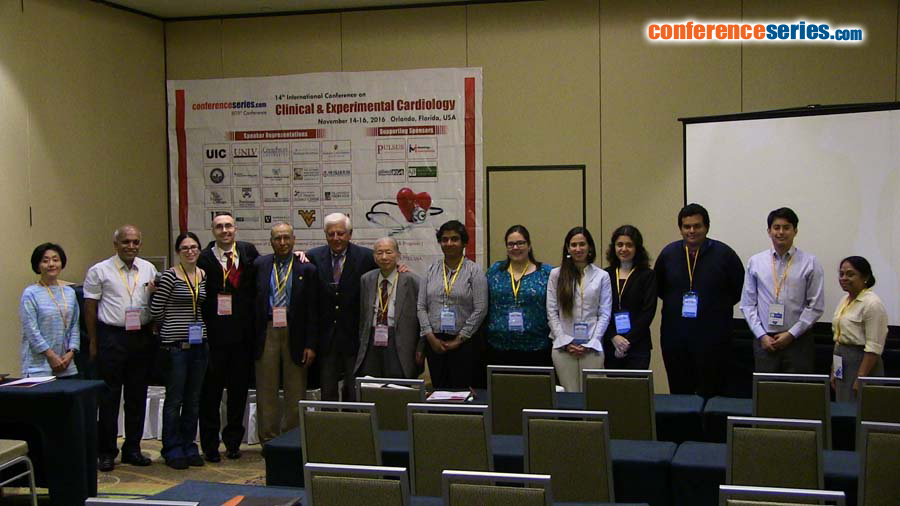
Galina B Belostotskaya
Sechenov Institute of Evolutionary Physiology and Biochemistry, Russian Federation
Title: The release of transitory amplifying cells from cardiac stem cell -“cell-in-cell structures†and their differentiation is a main way of replacement of dead cardiomyocytes after a short-term ischemia of myocardium
Biography
Biography: Galina B Belostotskaya
Abstract
Despite intensive research of cardiac stem cell (CSC) biology, there has been an open question whether CSCs or adult cardiomyocytes (CMs) are responsible for renewal of adult mammalian myocardium. In addition, it is not clear why CSCs are not able to regenerate cardiac tissue after myocardial infarction (MI). Using in vitro and ex vivo experiments on myocardial cells obtained from newborn and young adult rats, we described the phenomenon of intracellular development of CSCs inside CMs with formation of “cell-in-cell structures” (CICSs) [Belostotskaya et al., 2015]. Later, CSC-containing CICSs were also found in the myocardium of adult mammals, human including. Here we present the data on cardiomyogenic differentiation of CICS-embedded CSCs obtained in the in vivo rat model of permanent left coronary artery ligation as well as myocardial ischemia-reperfusion. Two weeks after transient ischemia, CSCs were found to be actively involved in myogenesis in the peri-infarct area and remote to the infarct area locations. Importantly, new CMs were produced not only by means of formation of CSC-derived colonies, but also by differentiation of transient amplifying cells (TACs) released from pre-existing CICSs. Permanent coronary ligation also caused formation of new and opening of pre-existing CICSs; however, this was not accompanied with increased myogenic differentiation of TACs. Therefore, despite the presence of small colonies in intact areas of the heart, MI is associated with severe inhibition of cardiomyogenesis in infarct and peri-infarct areas.


